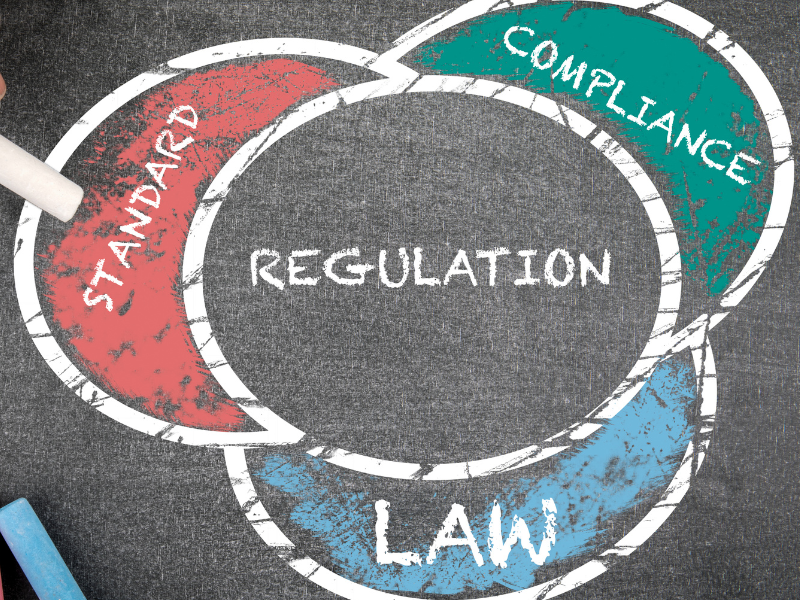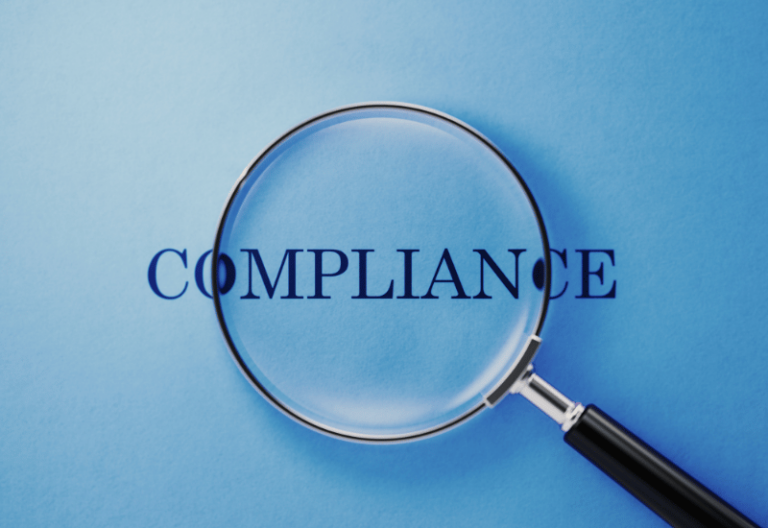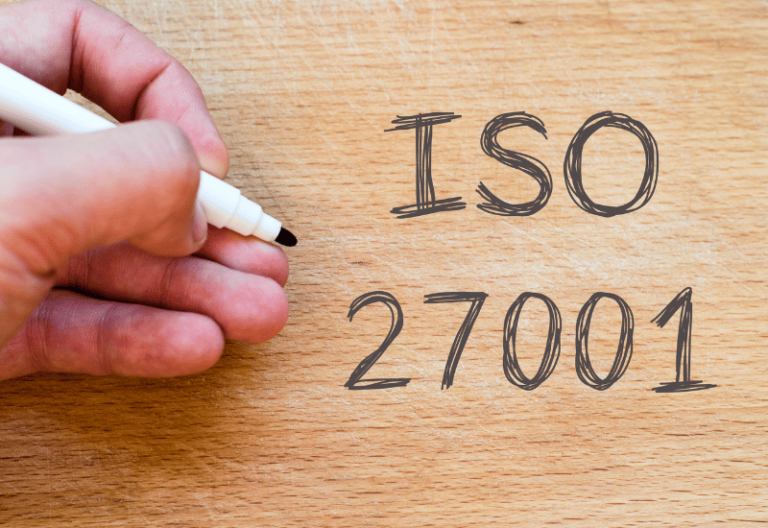Being SOC 2 compliant is critical for organizations that provide systems or outsourcing services.
Let’s discuss the ins and outs of this security standard, including the SOC 2 definition, responsible parties, benefits, and more.
Table of Contents

What Is SOC 2 Compliance?
What does SOC 2 stand for?
SOC 2 means System and Organization Control (SOC) 2. It is a cybersecurity standard created by the American Institute of Certified Public Accountants (AICPA) in 2010. The framework aims to ensure that third-party services store and process data securely. SOC 2 compliance is vital for companies that handle sensitive customer data, including those in cloud computing, managed security, healthcare claims management and processing, and SaaS (Software as a Service) industries.
Who Must Comply With SOC 2 Requirements?
Organizations that provide a system or service to other users and process sensitive data will most likely need a SOC 2 evaluation. There are also instances when clients require a SOC 2 audit, so an organization has to go through the assessment. Ultimately, organizations that want to build trust, comply with data privacy regulations, and prevent data breaches will benefit from a SOC 2 audit.
What are the types of SOC 2 Reports?
There are two types of SOC 2 reports: Type 1 and Type 2. The difference between the two is the time frame covered by the assessment.
SOC 2 Type 1
A SOC 2 Type 1 report is issued at a specific date. It evaluates if a system’s controls are designed effectively at a point in time. If an organization needs to provide its users with a quick report for the first time, a SOC 2 Type 1 report would be best for them.
SOC 2 Type 2
A SOC 2 Type 2 report evaluates if a system’s controls are effective for a longer period, which is anywhere between 3-12 months. It is more comprehensive than a Type 1 report, considering operational effectiveness over time. As the CPA firm Lindford & Co explains, it also provides a detailed description of the test of controls, determining if these could meet the organization’s TSC.

What Are SOC 2 Criteria?
A SOC 2 assessment focuses on five Trust Service Criteria (TSC). An organization that undergoes a SOC 2 audit is evaluated based on how well they comply with these criteria.
- Security: The system safeguards against unauthorized physical and digital access.
- Availability: The system is operational and accessible to users when required, employing data backup and recovery mechanisms.
- Processing integrity: The system’s processing is thorough, valid, timely, and authorized.
- Confidentiality: The system guards against unauthorized disclosures through access controls, encryption methods, data classification, and employee education.
- Privacy: The system adheres to the organization’s privacy policy in collecting, using, retaining, disclosing, and disposing personal information.
How an organization meets the TSC is determined by the organization and auditor. The AICPA provides SOC 2 points of focus, but these are for consideration. Not all of the stated criteria are universally applicable. The organization should decide on which criteria are relevant depending on the service or system it provides.
For example, the availability criteria might be crucial for a healthcare data storage and processing service. However, it may not be as directly applicable to a periodic survey platform that operates on a less time-sensitive basis. Cloud Security Alliance’s explanation of SOC 2 TSC also says that organizations should always include Security, which is foundational and mandatory for all SOC 2 reports.

Benefits of Achieving SOC 2 Compliance
Being SOC 2-compliant as a business or organization offers several benefits, including:
Assurance to external stakeholders
A SOC 2 audit assures external stakeholders that a system’s controls are operating effectively. Organizations will gain the trust of investors, customers, suppliers, and creditors if these stakeholders know that the service or system keeps their data secure and private.
Enhanced security
SOC 2 compliance means that an organization has identified security gaps in its system and has fixed areas that need improvement. SOC 2 compliance requires a yearly audit. Security controls should be continuously monitored to avoid security risks.
Legal and regulatory compliance
Meeting SOC 2 compliance aligns with regulatory standards such as GDPR, HIPAA, ISOC 27001, FERPA, GLBA, CCPA, NIST Cybersecurity Framework, PCI-DSS, and COBIT. SOC 2 can help facilitate compliance with these various industry regulations.
Strategic edge
Organizations can gain a distinctive advantage if they comply with SOC 2 standards. SOC 2 demonstrates an organization’s willingness to follow the best data security and privacy practices. This strategic edge can help win the trust of clients who prioritize security and compliance.







